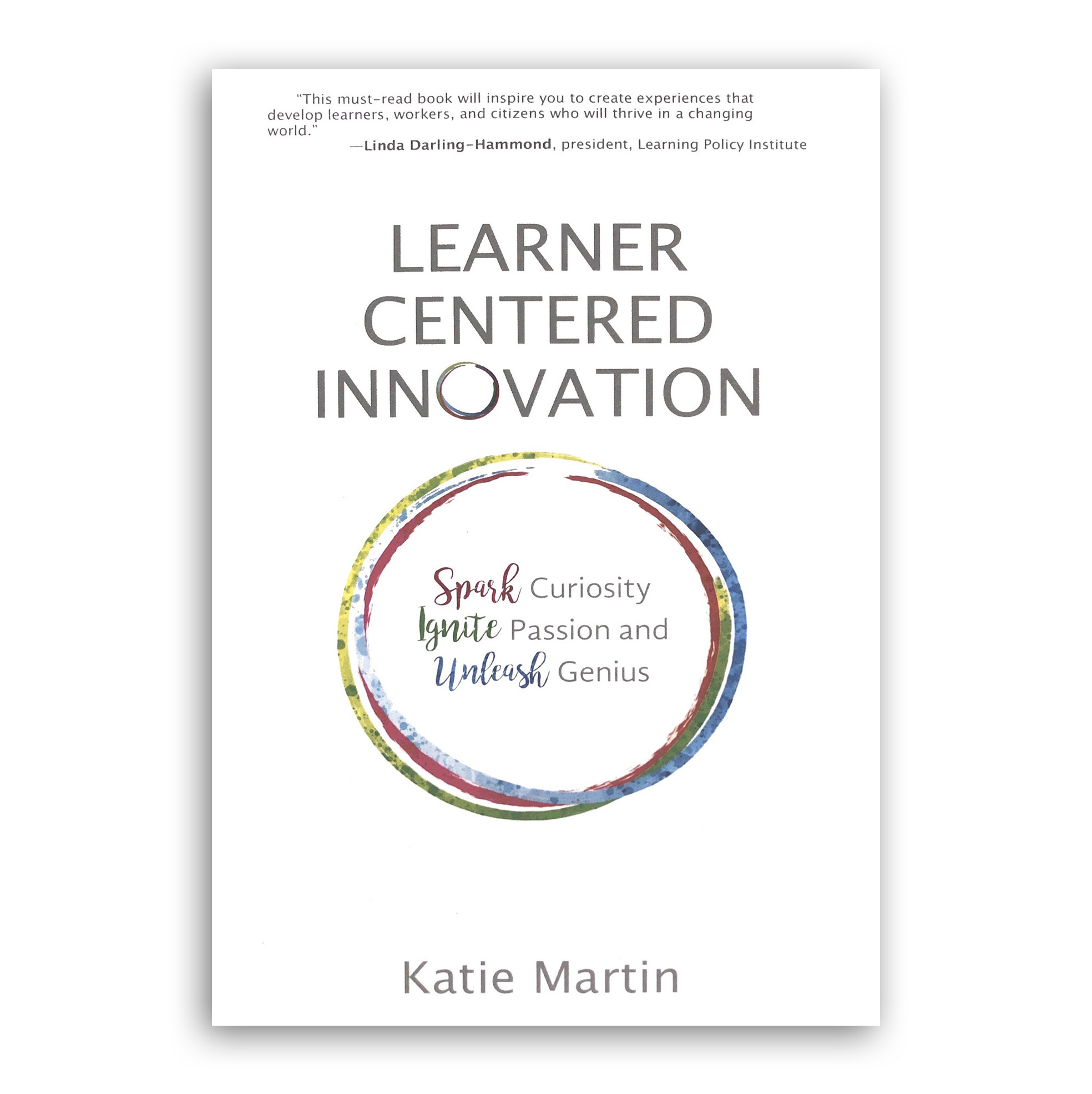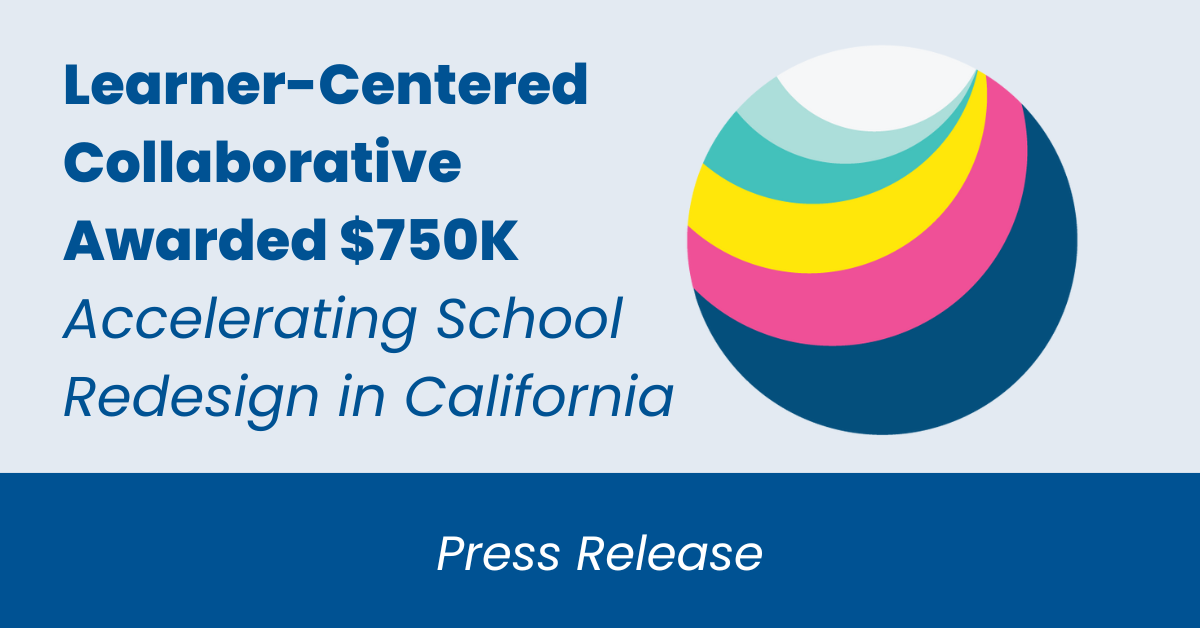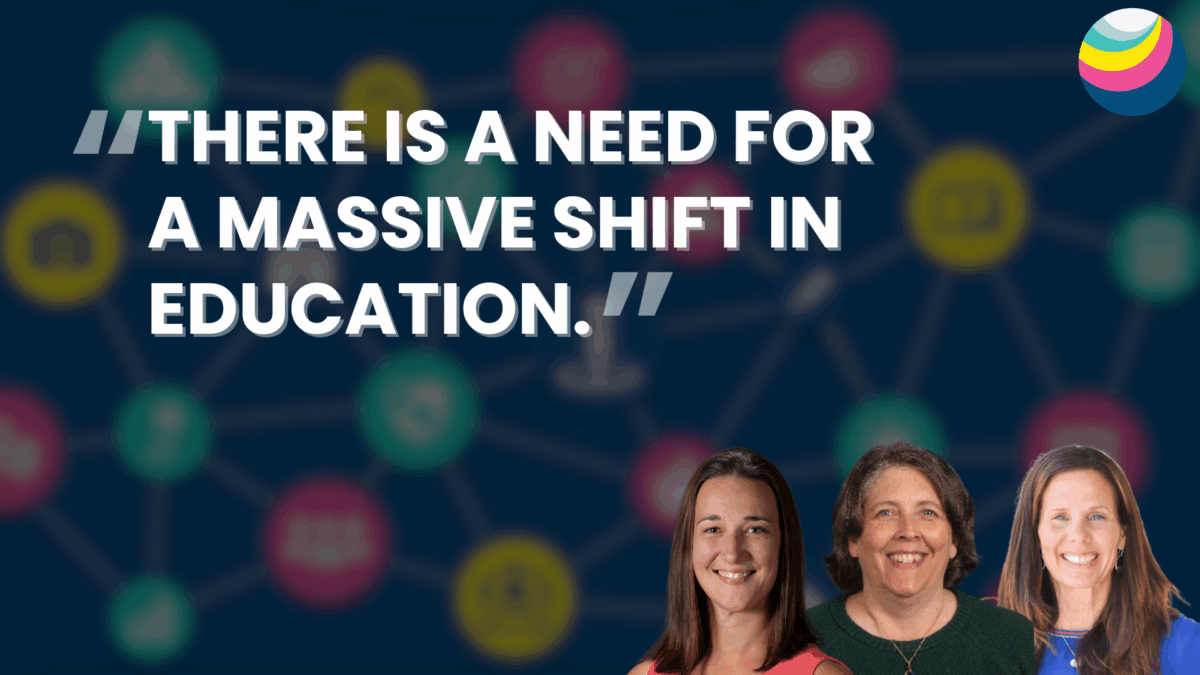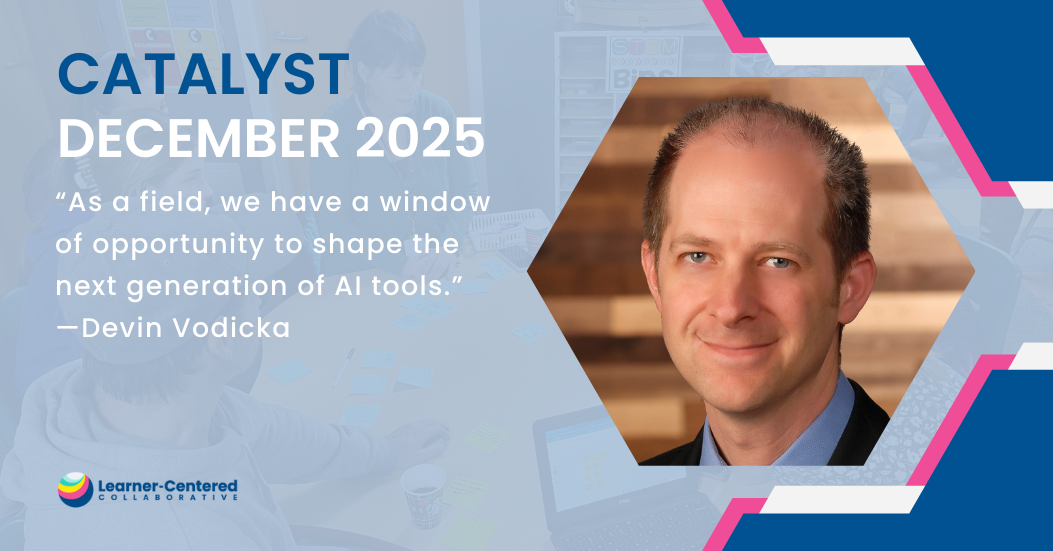Chapter 3: Designing the Culture for Learning and Innovation

Please complete the form below to access the resource. Thank you!
Preview: In the 2013–2014 school year, I was on Washington Middle School’s campus regularly. I was supervising teacher candidates at a local university, and as the newest member of the team, I ended up being placed at Washington—the most challenging of schools. I vividly remember walking down the halls marked with yellow caution lines to indicate on which side the kids were expected to walk. I immediately felt anxious about following the rules about where I should be walking, and I could only imagine how the students felt . . .


